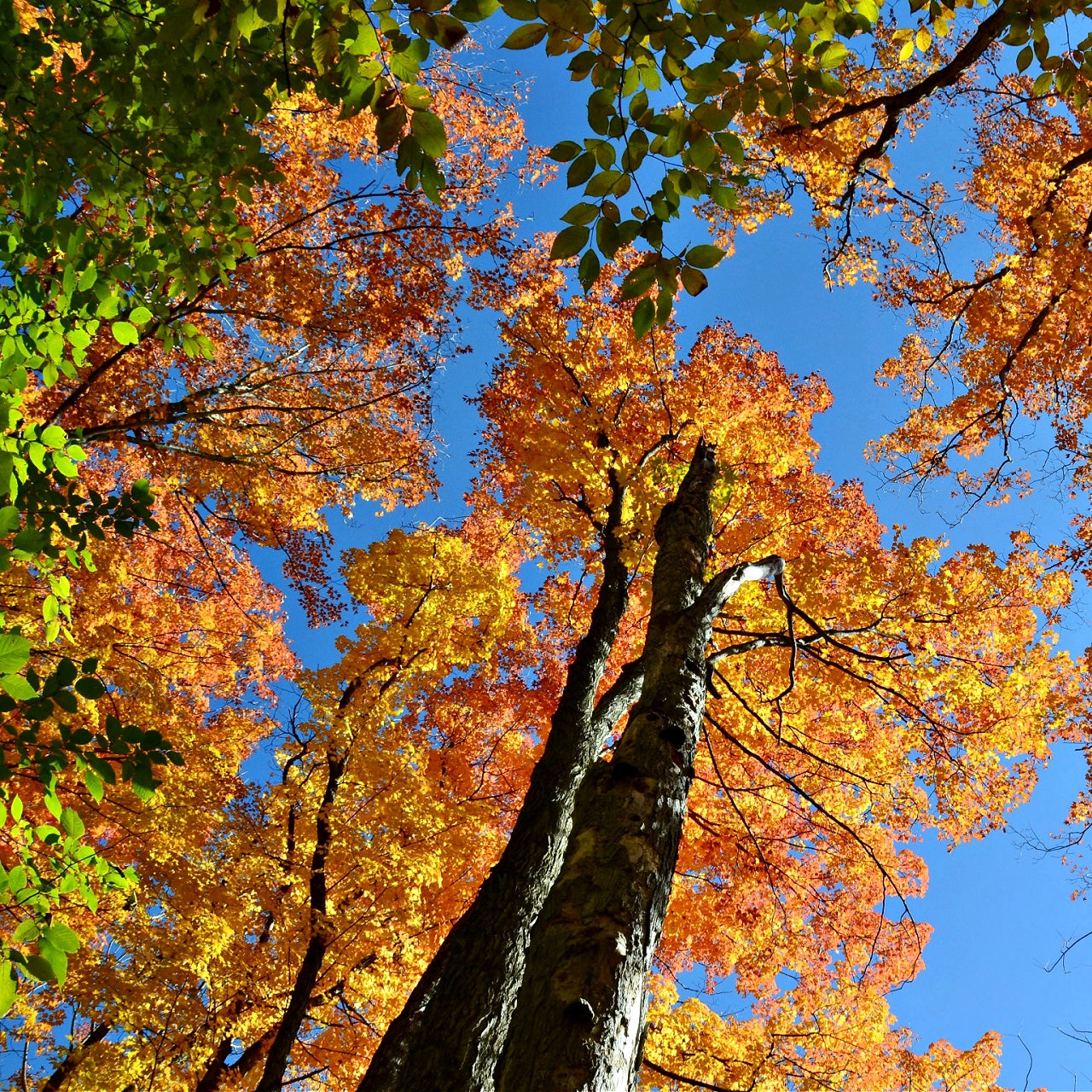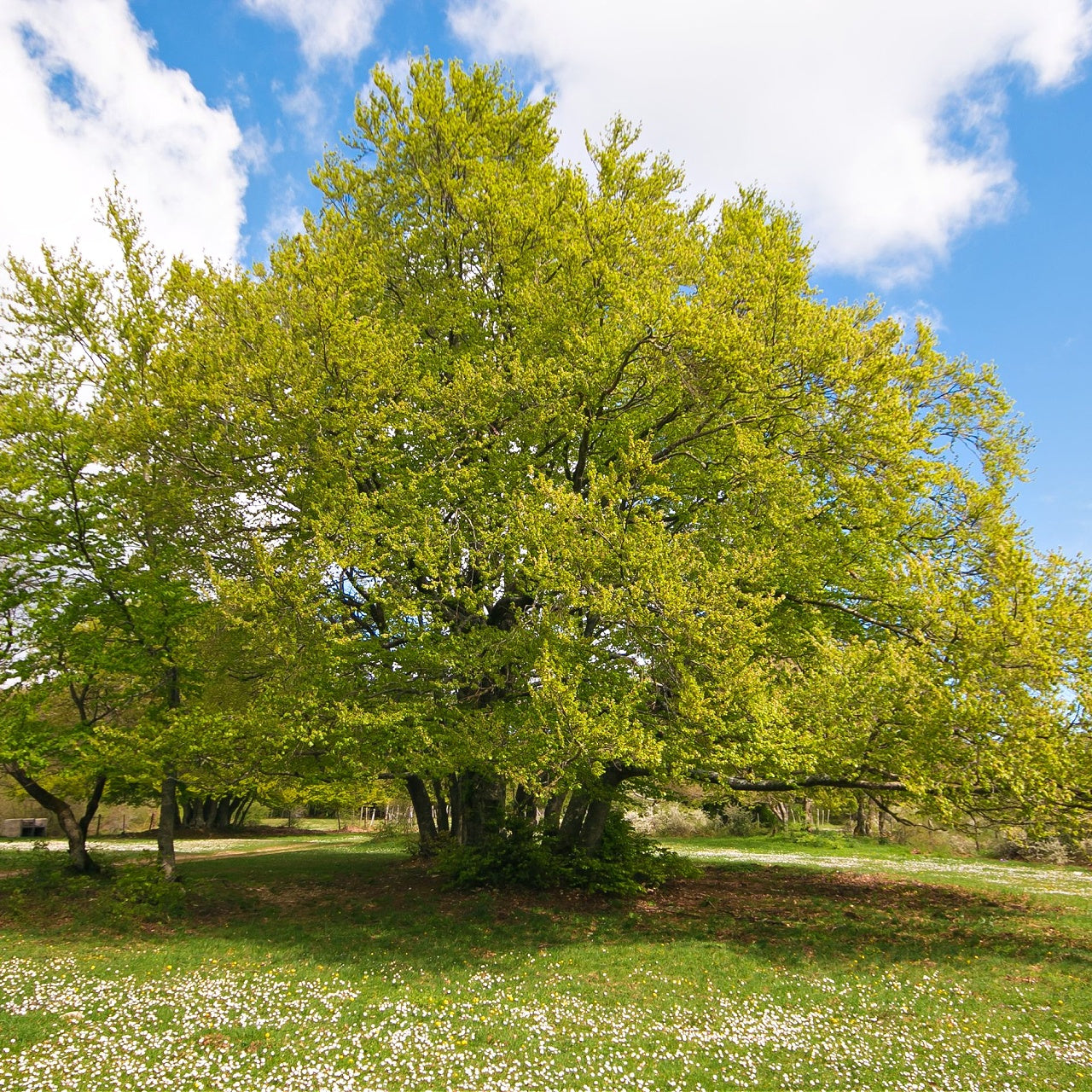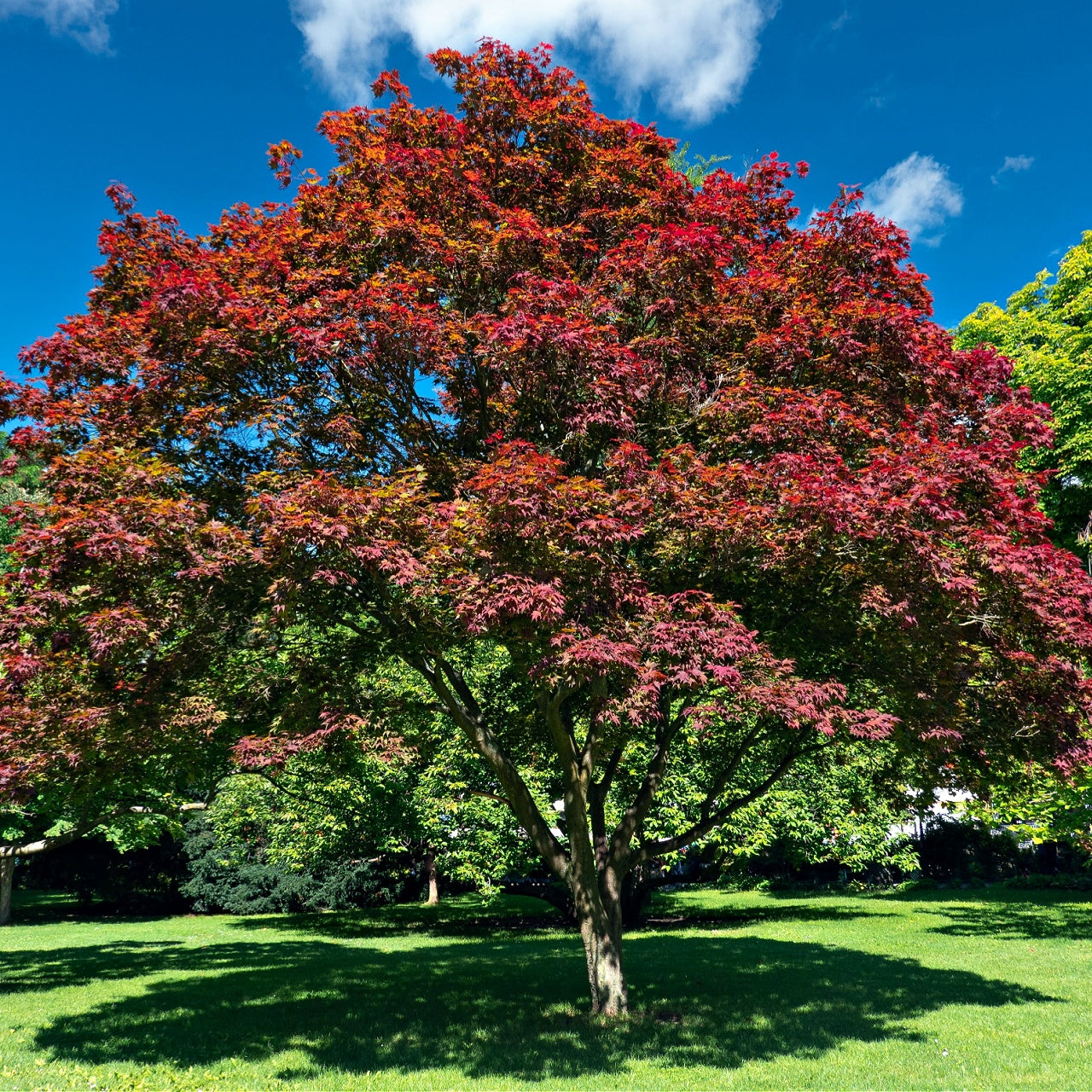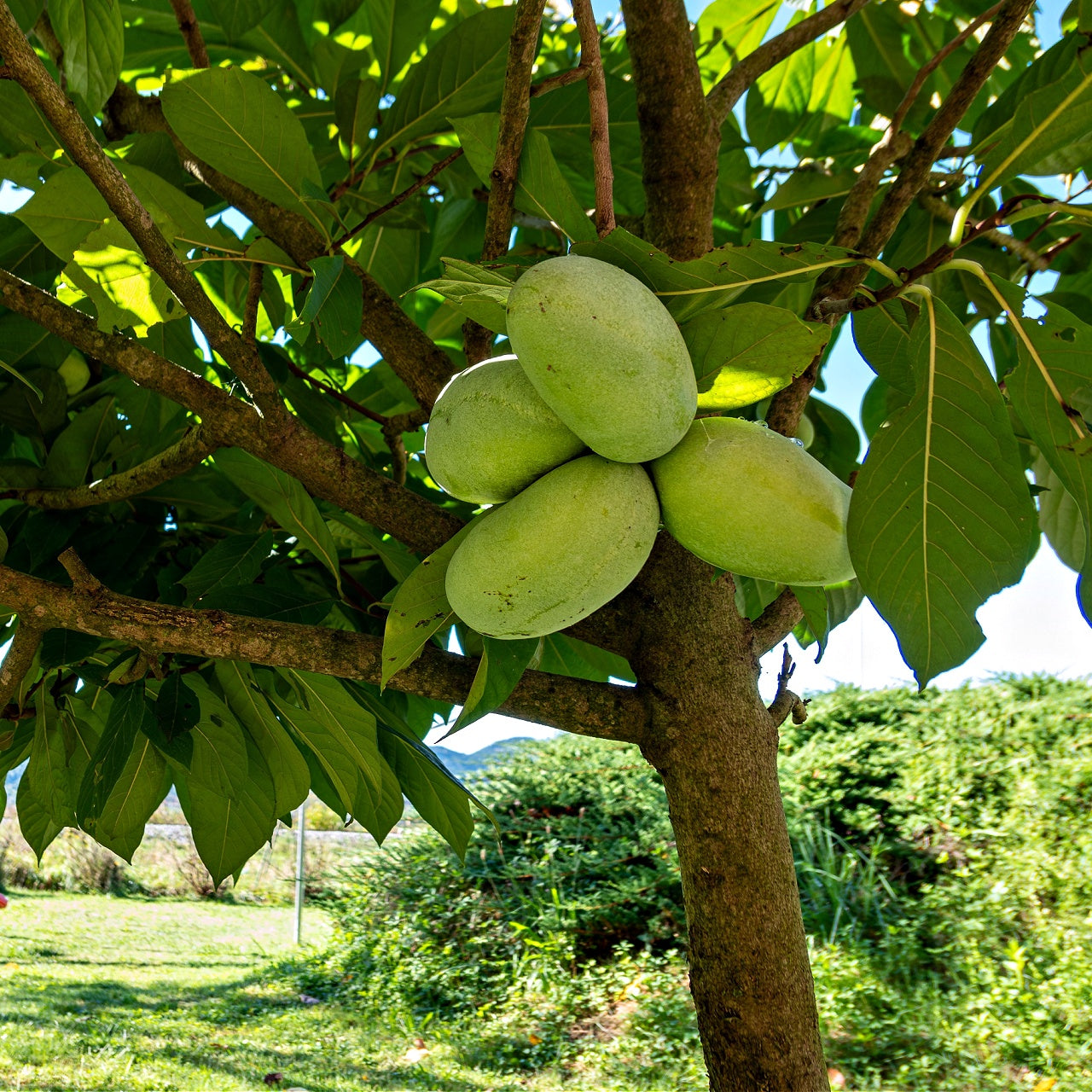
A Garden Harmony
A Garden Harmony
Transforming Outdoor Living Spaces
An effectively planned garden combines natural and artistic components to create a visually attractive harmony. Garden art displays endless creativity, from manually created sculptures to contemporary installations that stand out among plants. Built elements like patios, pathways, retaining walls, and other features provide functional structure to outdoor spaces. Combining these two elements produces a cohesive space that invites visitors through its exceptional design work. Your outdoor space becomes more enjoyable when garden art and hardscape elements create a peaceful retreat or an exciting, entertaining space. Combining thoughtful planning with detailed attention and a dedication to personal style, you can make garden features that enhance your retreat with welcoming and artistic charm.
Balancing Aesthetic and Function
A fundamental challenge in garden design involves creating art pieces and hardscapes that fulfill functional and visual requirements. Hardscapes serve as functional elements to guide movement and establish boundaries while providing seating space, but they also function as decorative elements displaying plants alongside ornaments and sculptures. Your garden design can achieve harmony or create contrast through brick, stone, wood, or concrete. When choosing these materials, consider their compatibility with current art pieces and their potential to frame upcoming art installations. A concrete retaining wall presents an elegant background for bold metal sculptures while offering a modern canvas highlighting artistic expression.
Garden art establishes focal points and visual anchors that draw attention to particular landscape sections. Sculptures highlight entrance areas and stabilize seating zones while helping form a distinct ambiance. An empty fence becomes a lively art display with wall-mounted art, while a dramatic fountain establishes itself as a key gathering area. Thoughtful positioning of artistic components results in each piece appearing integral to the overall story of the garden. A simultaneous focus on aesthetics and function maintains visual harmony between art and hardscape elements in the landscape. These elements merge to reflect your personal design touch and aesthetic preferences.
The interactive relationship of form and function generates creative answers to daily functional needs. A stylish pergola functions beyond decoration because it offers shade while supporting climbing plants and is ideal for hanging lanterns or wind chimes. Planters are artistic pieces that emphasize your favorite flowers and contribute an architectural style to your garden's structure. The garden becomes an artful experience when functional elements merge seamlessly to obscure the line between utility and artistic expression.

Creating Focal Points and Flow
The essential element of focal points ensures that visitors are immediately drawn to your garden as they enter. These elements provide visual resting spots and a sense of discovery while guiding the viewer's attention to particular areas throughout the space. Strategically positioned sculptures or water displays will attract attention instantly and encourage guests to examine them more closely. Hardscapes serve to direct visitors by leading them through an exploration journey that feels both natural and thrilling. Pathways and stepping stones placed with care and tiered steps create sensible routes connecting different garden sections.
Maintaining flow requires thoughtful pairing of your garden art with appropriate sizes and shapes of hardscapes. Modern sculptures benefit from angular hardscapes that match their clean lines, while organic-shaped art works best with curving pathways to frame them. Large urns, wind sculptures, and mirrored spheres provide vertical interest and break up flat garden spaces. Your garden develops depth through strategically arranging open spaces and sheltered areas, ensuring each new pathway presents a fresh artistic feature or scene.
Successful placement requires examination of the artwork from multiple viewing positions. What visual impression does a garden art piece create when observed from a nearby window or within the house? What changes occur in the sculpture's appearance with different lighting throughout the day? By carefully evaluating these elements, you can strategically place focal points to achieve strong visual impact and design an exploratory flow that attracts visitors. Careful planning leads to a garden space that transforms throughout the year and across daily hours while providing continuous enjoyment to its visitors.
Harmonizing Materials and Textures
The influence of texture and material choices is critical in integrating garden art with hardscapes. Stones, bricks, pavers, and tiles create unique visual and tactile qualities that your chosen artworks can reflect or set in contrast. Complement sleek metal sculptures with rustic stone or gravel to emphasize their contemporary appearance. A seasoned wooden bench and a softly patinated bronze sculpture create a perfect visual connection between the garden's natural elements and artistic centerpieces.
The selection of colors influences the garden's mood. Using neutral hardscape colors like grays and browns makes vibrant art pieces or colorful plants stand out as the main attraction. The bold and decorative pavers create a patterned backdrop for minimalist art pieces, creating a dynamic and playful contrast. Keep spaces balanced by avoiding the use of excessive competing colors and materials. Subtle texture and tone differences often create more substantial visual effects than a jarring mix of mismatched styles.
Over time, these materials evolve. Stone develops a natural patina with time, while metals undergo oxidation and wood transforms into a soft gray shade. The natural evolution of materials becomes a charming aspect of design. The gradual transformation of elements in a garden builds its unique identity and heritage. The best integrations allow time to enhance their surroundings so that the art and hardscapes appear naturally united from their inception. Taking a long-term perspective guarantees that your design will continue to engage viewers while maintaining coherence as time passes.
The core objective of garden art and hardscape integration lies in crafting a personal retreat that reflects your aesthetic preferences while allowing others to enjoy its visual appeal. Each decision about materials and the precise placement of sculptures, fountains, paths, and walls contributes to creating the garden's final atmosphere. The harmonious combination of garden art with hardscape elements transforms an ordinary outdoor space into a vibrant living canvas through the effortless fusion of design functionality. Your outdoor space is an extension of your home and represents your artistic expression and unique style.






